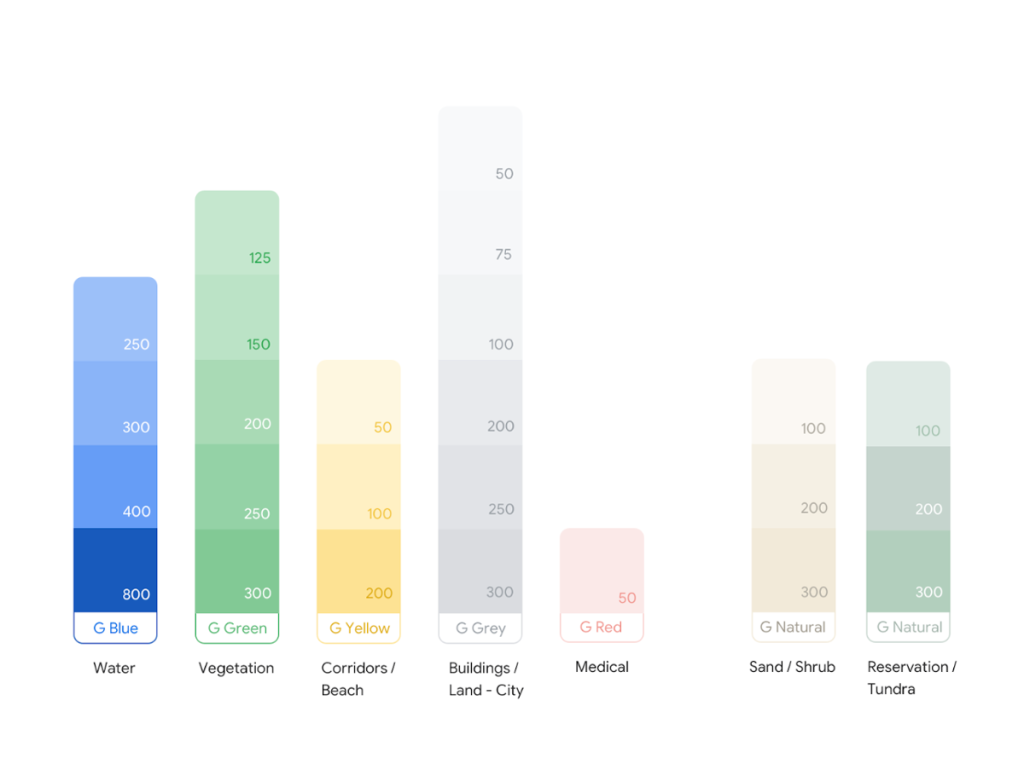Given the reports about some of the content created by AI-powered chatbots such as ChatGPT and Microsoft Bing’s chatbot, I was not expecting they would be able to write posts for this blog anytime soon. After all, Microsoft’s offering fell in love with a New York Times tech columnist and tried to break up his marriage as described here. But I couldn’t resist trying out ChatGPT to see what it might produce.
I decided to ask about population-weighted density, a specific topic I have addressed in this blog and about which I have written several papers, for example here. I made four requests with varying prompts, ranging from just saying population-weighted density to asking for a blog post and a scholarly essay. If a student had submitted these, I would have given a D to one and an F to the others.
The post receiving the D provided a nice-straightforward explanation of population-weighted density including the formula. But where it fell down was in concluding with this simple numerical example:
For example, if a city has three neighborhoods with populations of 10,000, 20,000, and 30,000, and land areas of 5, 10, and 15 square kilometers, respectively, then the population-weighted density of the city would be calculated as follows:
Density of neighborhood 1 = 10,000 / 5 = 2,000 people per square kilometer
Density of neighborhood 2 = 20,000 / 10 = 2,000 people per square kilometer
Density of neighborhood 3 = 30,000 / 15 = 2,000 people per square kilometer
Population-weighted density = ((2,000 * 10,000) + (2,000 * 20,000) + (2,000 * 30,000)) / (10,000 + 20,000 + 30,000) = 2,000 people per square kilometer.
Technically correct but silly. All three neighborhoods have the same density, so the weighted density is the same as the overall density. The whole point of population-weighted density is to account for the variation in density across the subareas.
One of the responses starts out reasonably enough by saying that population-weighted density is “a way to account for variations in population density across different areas.” But then it gives this example:
For example, imagine two cities with the same land area but different populations. City A has a population of 1 million people while City B has a population of 500,000 people. If we were to measure the density of these cities simply based on their land area, we would conclude that they have the same density. However, if we use population-weighted density, we would find that City A is actually twice as dense as City B since it has twice the population.
No!!! Two cities with the same land area but different populations do not have the same density! And City A is already twice as dense as City B using conventional density and this would only be the case for population-weighted density if their populations were identically distributed across subareas.
One of the responses starts out by saying that population-weighted density is a measure of urbanization that is the number of people in an area divided by its area. This beginning suggests that it is totally missing the point about population-weighted density. But then it goes on to talk about the variation of population density within an urban area and the population-weighted density of different subareas. So it is not using it as a measure for the urban area as a whole.
Another starts out similarly and then talks about variation within urban areas as well. It talks about “incorporating population weightings in the calculation” but then says it can be used to identify areas of high density. So I’m not sure what the calculation might be if the result provides information about specific subareas.
The responses have more statements that are either nonsensical or just plain wrong. Two mention a limitation of population-weighted density. Here is the statement from one:
One of the main challenges of using population-weighted density as a measure of urbanization is that it can be sensitive to changes in the geographic boundaries of an area. For example, if the boundaries of a city are expanded to include more rural areas, the population-weighted density of the city may decrease, even if the overall population and level of urbanization remains the same.
Minor problem… This argument has been used, by me and others, as a limitation associated with using conventional density, total population divided by total area. (See this blog post.) Population-weighted density is a measure of density far less affected by this problem and is sometimes used in such situations as an alternative to conventional density.
Probably not a good idea to rely on information produced by AI.





